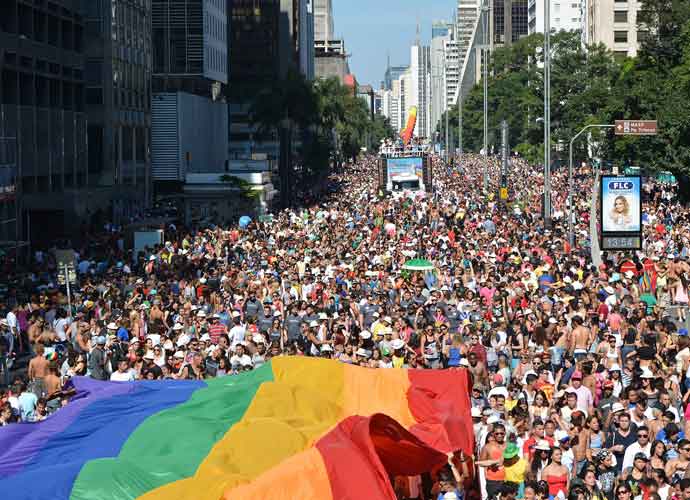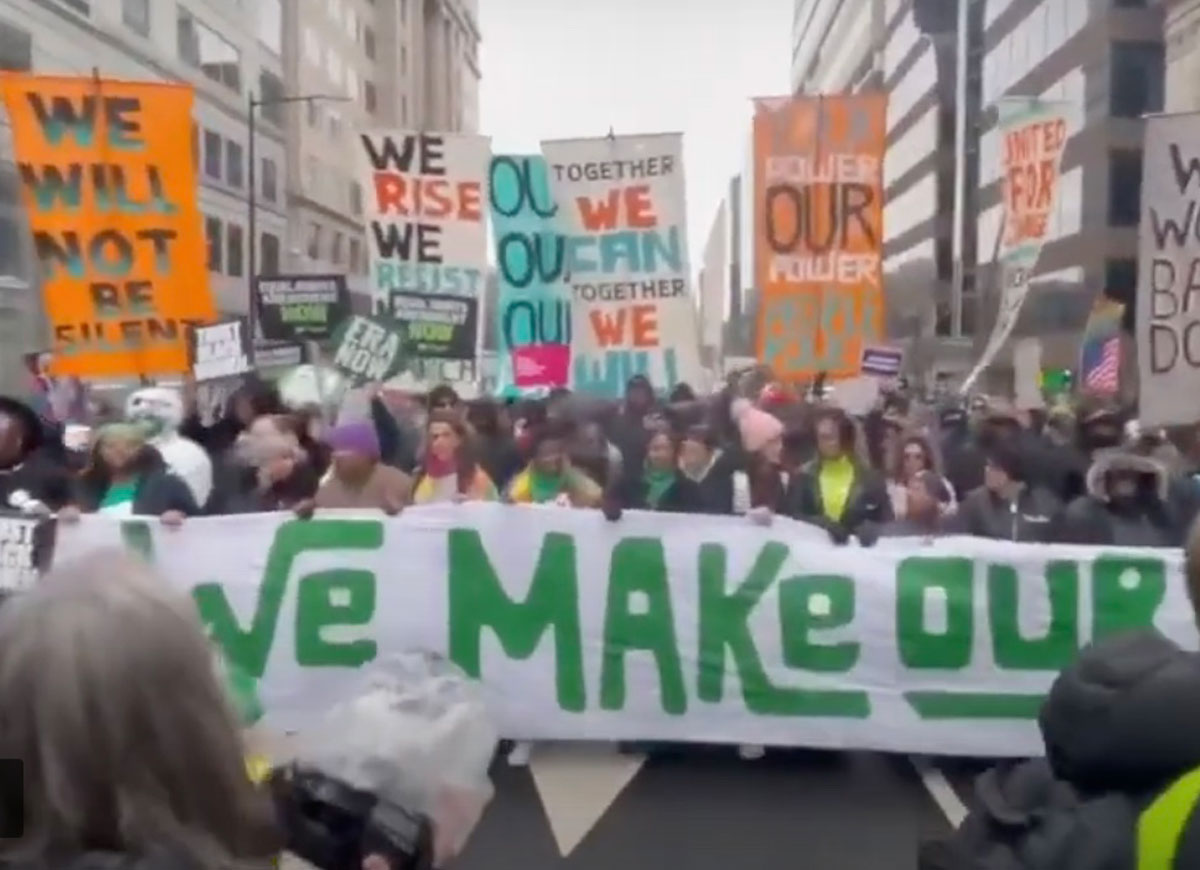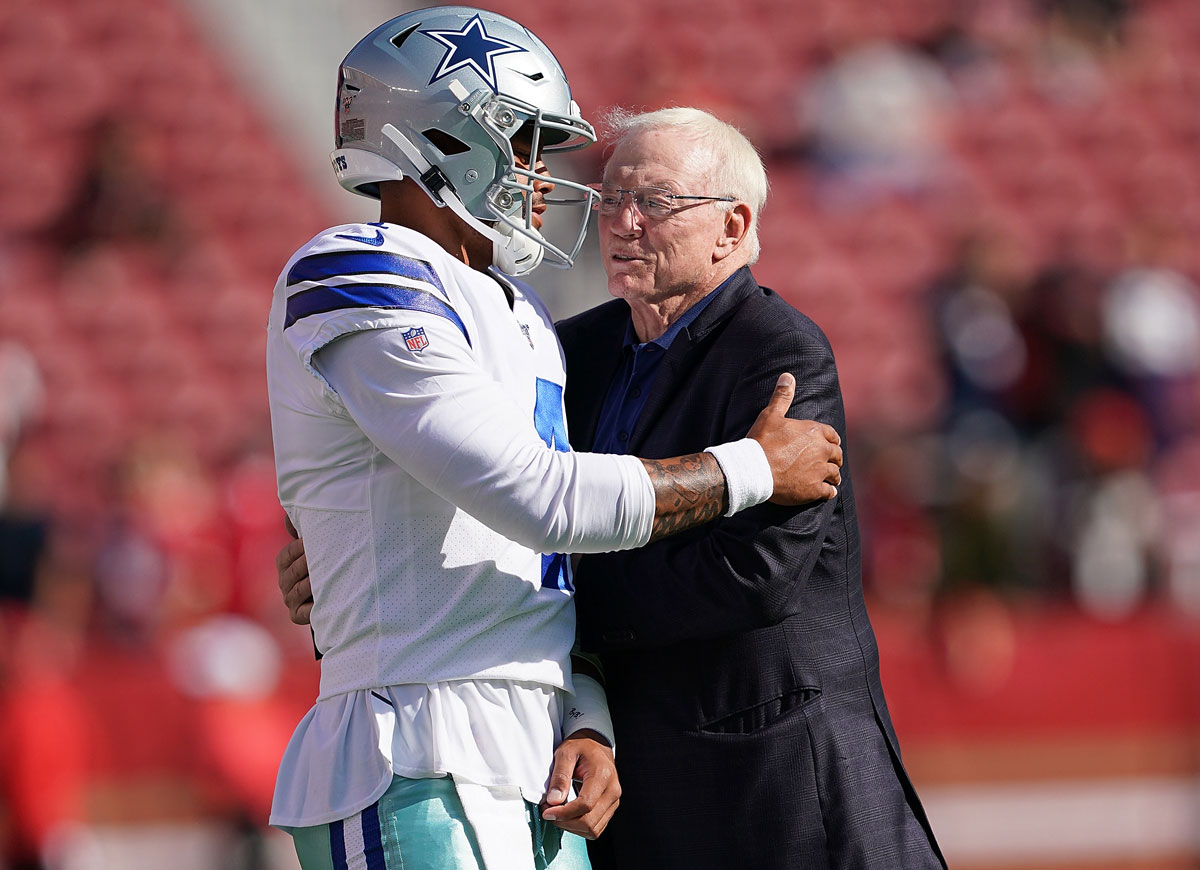Nearly 40% Of Brown University Students Identify As LGBTQ+, New Poll Finds
The Brown Daily Herald‘s Pride Month poll for the Spring 2023 semester found that 38% of students at Brown University do not identify as heterosexual. According to a 2022 Gallup poll measuring LGBTQ+ identification, this number is approximately five times the national percentage for adults. For individuals aged 18 to 25, Brown’s rate was approximately double.
Although this is similar to other polls that show evidence for increased LGBTQ+ identification nationwide, the jump is especially significant at Brown.
The poll was conducted most semesters since Spring 2016 as well as one performed in Fall 2010. Starting in Spring 2022, The Herald included a greater number of choices for sexual orientation identification and allowed students to select multiple responses for improved representation.
Since Fall 2010, the school’s gay or lesbian population has increased by 26%, and the number of students who identify as bisexual has increased by 232%. People identifying as other sexual orientations have increased by 793%.
Josephine Kovecses, a current student at Brown University, explained the phenomenon to The Herald. “Queer people haven’t been able to be open in their identifications for that long. So it’s exciting that the numbers are growing and that queer people are able to be open in particular at Brown.”
This data has sparked arguments over whether this rise is a “social contagion.” Eric Kauffman, a professor of political science at the University of London, talked about potential explanations with The College Fix. “There are two theories, that greater tolerance is allowing more to come out of the closet, or Bill Maher’s assertion that LGBT is trendy among some youth.”
>BEST CONCERT TOURS OF 2023 – SETLISTS & HOW TO GET TICKETS!
Kauffman continued, stating that the second theory is more plausible. He used data collected from the conservative-leaning Center for the Study of Partisanship and Ideology to note that LGBTQ+ identification has increased at a much greater rate than sexual activity among those groups. He said that if the first theory were correct, both statistics would have increased at the same rate, suggesting that these are “occasional” rather than “sustained feelings of attraction.”
RELATED ARTICLES
Get the most-revealing celebrity conversations with the uInterview podcast!








Leave a comment